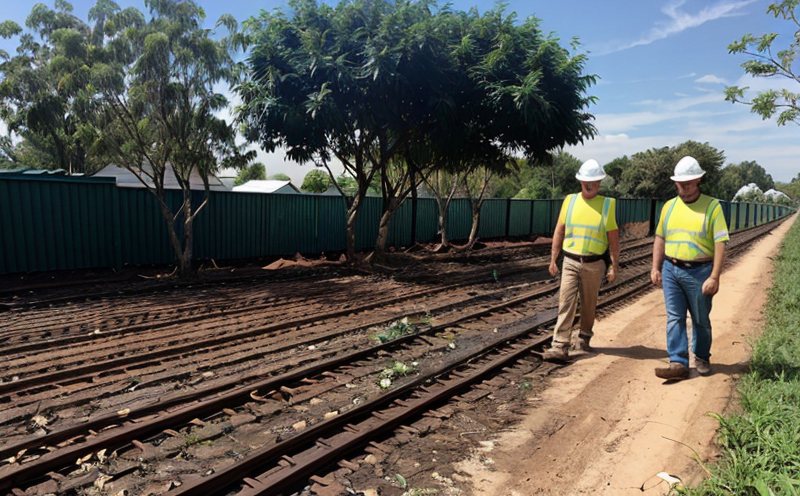Sustainability feature inspection
In today’s world, sustainability has become a pivotal factor in construction and building projects. As societies strive to mitigate environmental impacts and promote green practices, the role of laboratories in ensuring sustainable features is increasingly important. Sustainability feature inspections are critical steps that help validate the integrity, performance, and compliance of materials, products, and systems used in buildings.
The primary goal of these inspections is to ensure that all sustainability features meet or exceed international standards for energy efficiency, water conservation, indoor air quality, and other environmentally friendly criteria. This process involves a comprehensive evaluation using advanced testing techniques and equipment tailored specifically for the construction sector.
For instance, materials like insulation boards must be tested not only for their thermal properties but also for their durability under various environmental conditions. Similarly, windows and doors need to undergo rigorous testing to assess their ability to maintain indoor comfort while reducing energy consumption. The inspection process often includes laboratory analysis of raw materials used in these products to ensure they contain no harmful substances.
The use of renewable energy sources such as solar panels or geothermal systems also requires thorough inspections before installation. These checks verify that the system adheres strictly to relevant codes and guidelines set forth by organizations like ISO, ASTM, EN, and IEC. Compliance with these standards ensures not only legal adherence but also enhances public trust in sustainable practices.
Moreover, sustainability feature inspections play a crucial role in reducing waste throughout construction processes. By identifying potential issues early on through detailed analysis, we can prevent costly reworks later down the line. This proactive approach helps maintain high levels of quality control across all stages of project development.
Benefits
- Enhances compliance with international sustainability standards such as ISO 14001, EN 3975.
- Promotes long-term energy savings and reduced operational costs for building owners.
- Improves indoor air quality and promotes healthier living environments within buildings.
- Contributes to the overall reduction of carbon footprints in construction projects.
- Increases marketability and value of sustainable buildings through certification.
- Safeguards against potential legal risks associated with non-compliance or substandard products.
Customer Impact and Satisfaction
The implementation of sustainability features is not just about meeting regulatory requirements; it significantly impacts customer satisfaction by delivering buildings that are more efficient, healthier, and environmentally friendly. By incorporating these elements early in the design phase, owners can expect lower operating expenses, improved occupant health, and enhanced property value.
Customers benefit from knowing they are investing in a project that aligns with global environmental goals. This alignment fosters positive public perception and contributes positively to brand reputation. Additionally, satisfied tenants or residents report higher levels of satisfaction due to better indoor environments resulting from improved ventilation systems, reduced noise pollution, and enhanced daylighting.
For stakeholders involved in the construction industry—from architects and engineers to contractors and facility managers—sustainability feature inspections provide peace of mind knowing every aspect has been thoroughly evaluated against best practices. This assurance leads to higher quality outcomes that ultimately translate into greater customer satisfaction overall.
Use Cases and Application Examples
| Sustainability Feature | Description | Inspection Methodology |
|---|---|---|
| Energy Efficient Glazing | Windows designed to reduce heat transfer between interior and exterior spaces. | Thermal performance testing using ASTM E2186. |
| Solar Panels Installation | Systems that harness sunlight for electricity generation. | PV module efficiency testing per IEC 64547. |
| Insulation Materials | Materials used to minimize heat flow through building envelopes. | Thermal conductivity measurement following ISO 3012. |
| Water Conservation Fixtures | Toilets, faucets, and showerheads designed to use less water. | Flow rate testing as per ASME A125.1. |





